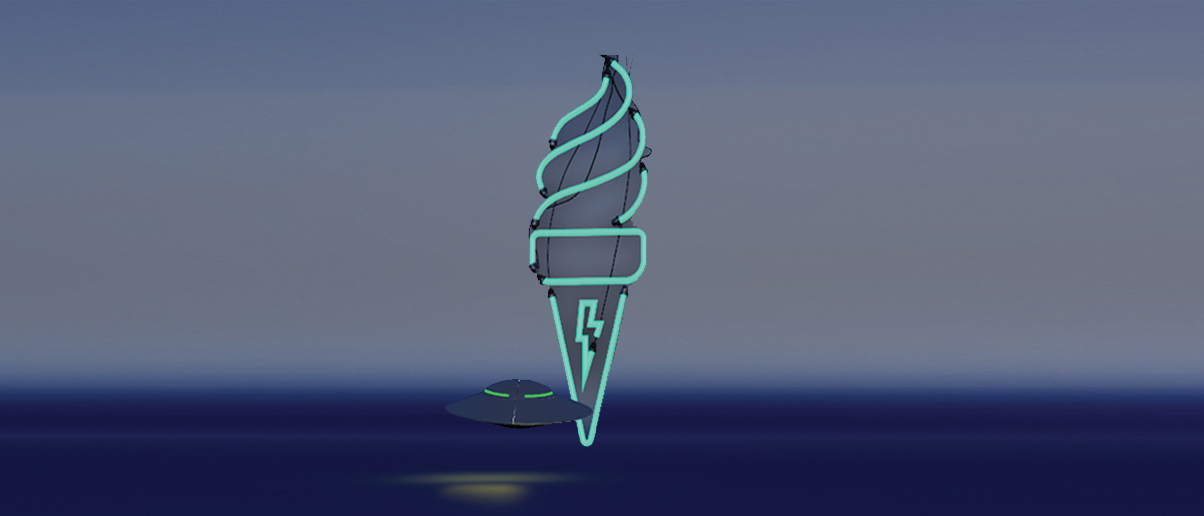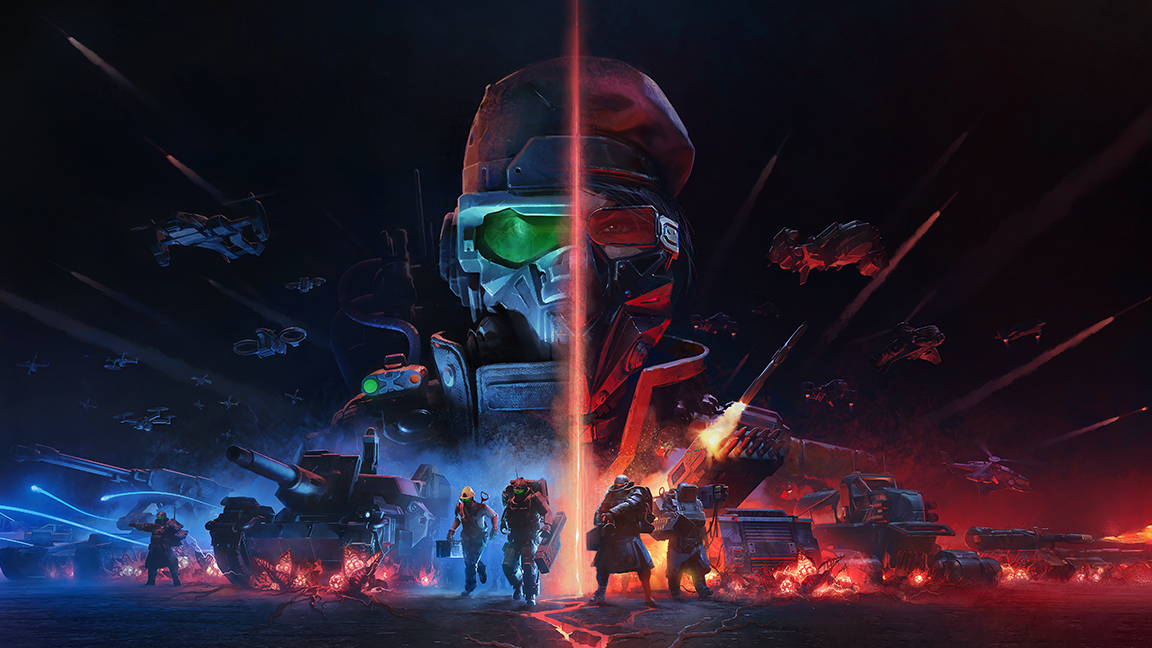Our Verdict
If you’re looking to increase your productivity and streamline your workflow, the upgrade is well worth it. However, if you’re happy with what Maya 2017 has to offer, you may not want to rush out and upgrade just yet.
For
- Improved workflow
- MASH Dynamics Node
Against
- No quick menu option
- Node Editor still clunky
Why you can trust Creative Bloq
Autodesk Maya 2018 is out now – priced at $185/£204 per month or $1,470/£1,644 per year with a subscription from the Autodesk website – so we gave it an in-depth test for this review.
When Autodesk released Maya 2017, it received a mixed reception. In many ways this was due to the company dropping support for Mental Ray and instead focusing on Arnold, (which is now fully integrated into Maya 2018).
This was always on the cards; Mental Ray was quickly feeling dated and users were swiftly moving to external plug-ins like V-Ray, so Autodesk had no choice but to do something if it wanted to offer customers an improved rendering experience.
Shortly after, Autodesk released Mental Ray as a standalone plug-in, which you could download and add yourself if needed.
With the release of Maya 2018, Autodesk has again divided the community. This time, however, the issue seems to be the lack of any major new features, rather than the removal of existing ones.

With that said, the legacy viewports have now been removed, leaving your only option as Viewport 2.0, which is another bone of contention among users. You can, however, add the legacy viewports back via the environment variable MAYA_ENABLE_LEGACY_VIEWPORT, although performance has been improved in Viewport 2.0 to such a level where you shouldn’t need to.
Maya 2018 improvements
Don’t get us wrong, people making the leap from 2017 or earlier to 2018 have a lot to be excited about.
Maya 2018 does feel like more of a stability and productivity release, with most updates focused on fixing hundreds of bugs and improving existing tools. This is actually great news. With Autodesk spending time fixing and enhancing what it already has, it means your workflow should be smoother. Surely this is better than adding a feature you may not use?
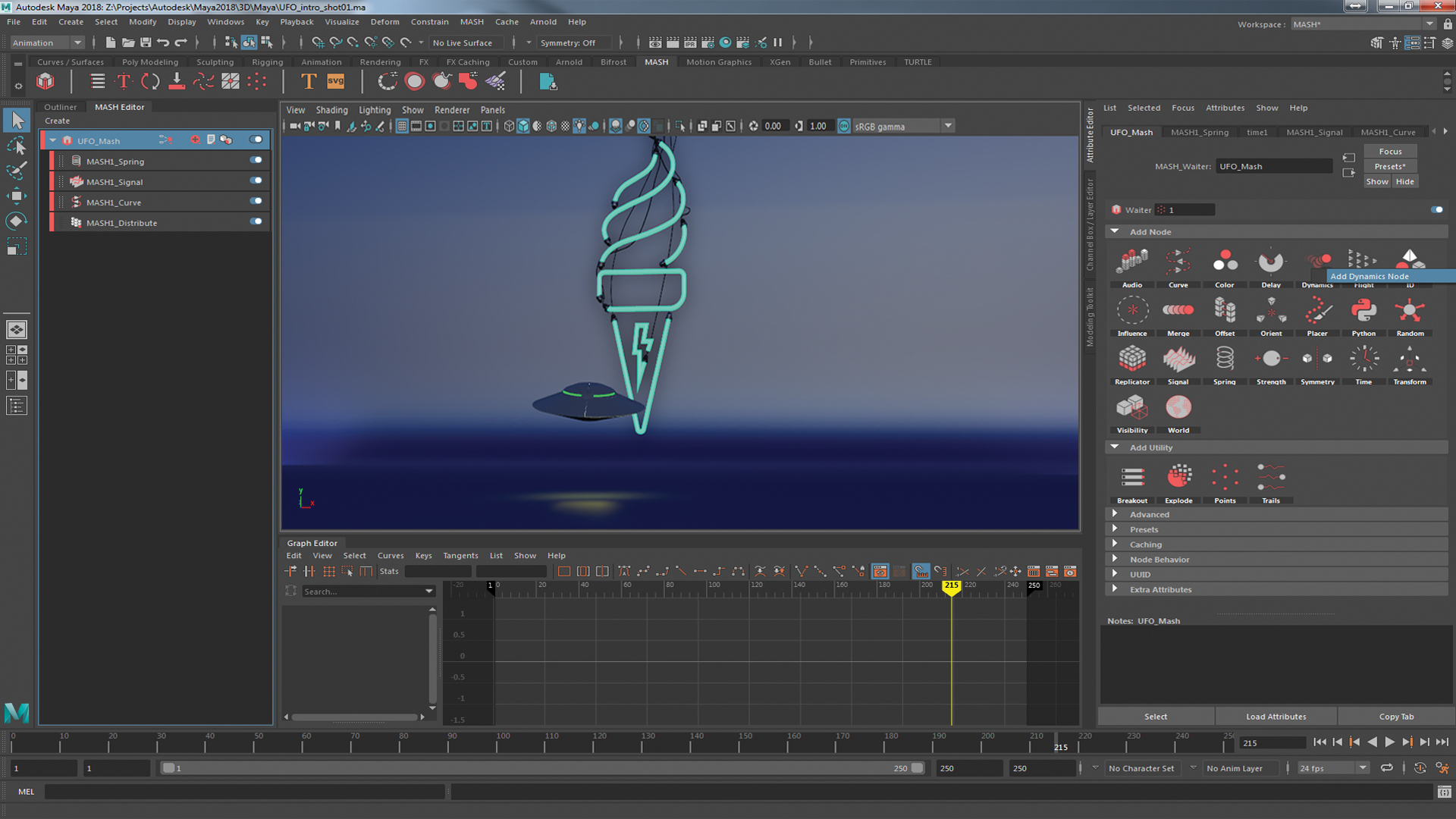
Even with the lack of new features, there is still plenty to be excited about. Almost every aspect of Maya has had a wave of the Autodesk wand to the point where there are just too many improvements to list. However, there are some key tools which will make your 3D life easier.
Extrude and Slide tools
Modelling workflow has been enhanced with the introduction of the interactive Extrude and Slide tools. Simply hold Shift and move your selected faces to extrude them. Hold Shift and Control to slide the geometry over the surface of the model. It’s a small thing and something that has existed in other applications for a while, but it’s nice to see it finally be implemented because it will save a lot of time.
Circularize and Symmetrize tools
You can also quickly create a circle in your geometry with the new Circularize tool, which is neat, but again nothing new. Symmetrize is a nice new addition, making your model symmetrical. In practice this works well, however it would have been nice if it also updated topology changes.
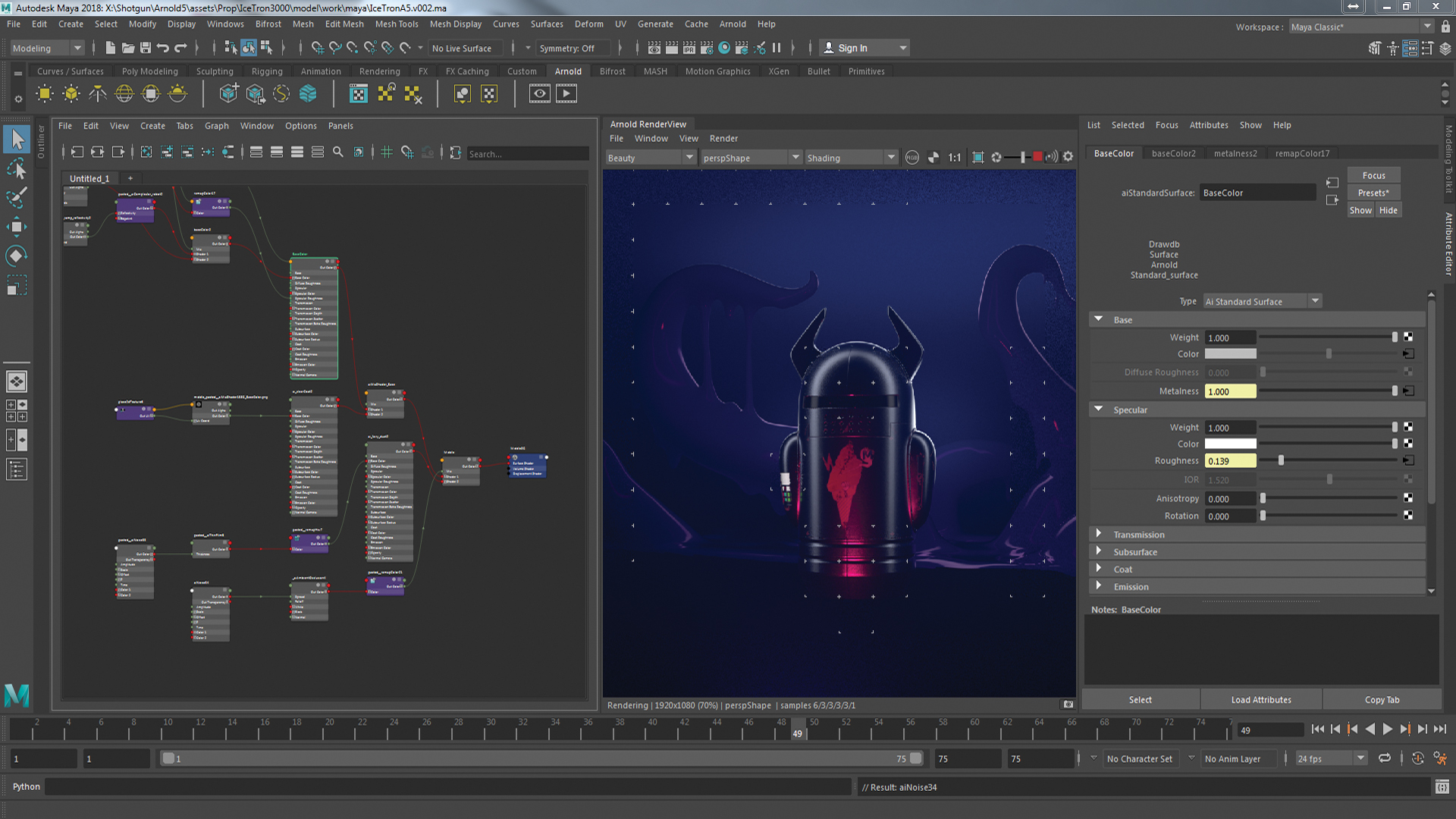
Rigging improvements
Rigging is another area where improvements have been made. For example, building upon the Controller options added previously, which allowed custom pick walking, you can now set the controller’s visibility to only show when the mouse pointer is close to it. This addition results in a much cleaner rig for animators.
Improved UV Editor
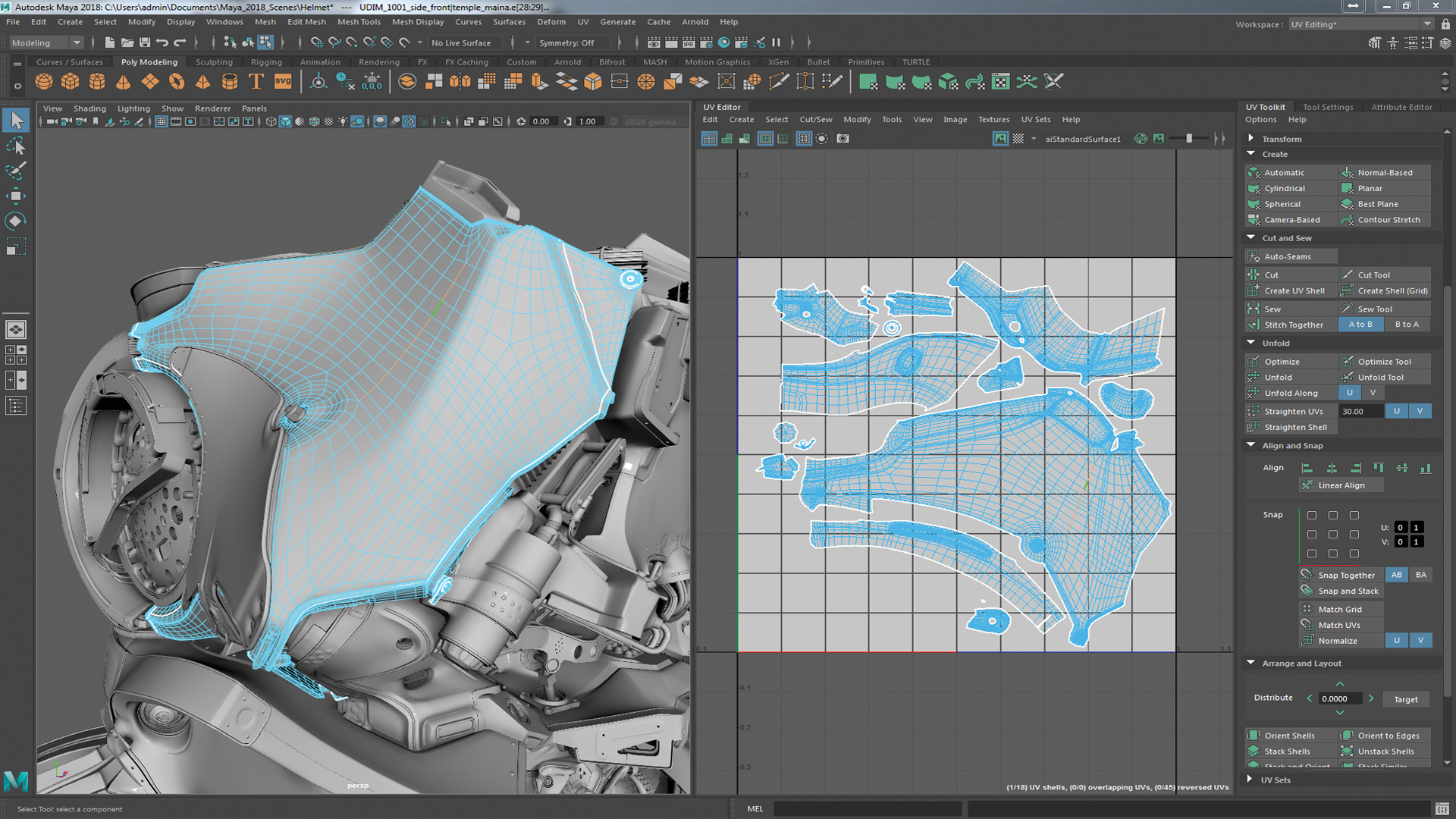
The UV Editor has also benefitted from an upgrade, making UV manipulation much faster and more intuitive. You can enjoy additions to help automatically generate seams, unfold and layout your shells, base the shell scale on 3D space and full symmetry support. Add to this the viewport enhancements like visible UV seams, and you will be creating and texturing models faster than ever before.
Further additions
Other improvements include the additions of Dash Scripting, a Curve Wrap Deformer and full Arnold 5 support, not to mention MASH dynamics and Look Dev additions to improve your rendering workflow. The list goes on.
Maya 2018 downsides
What would we have liked to see? The Node Editor could use some work as it still feels clunky compared to the likes of Houdini and Blender. It’s an editor that a lot of people probably find themselves using more and more often, especially when building complex rigs, so anything that can make the experience smoother is surely an improvement.
One complaint about Maya that surfaces year after year is how difficult it can be to navigate the menus, so it would have been nice to have seen a quick menu option.
Maya 2018 review verdict
As you can tell from this review, Maya 2018 is a bit of a mixed bag, but all in all, it feels like it’s a step in the right direction. Having a more stable release with enhancements to overall workflow is a great thing, although we are not sure we needed to wait for a full release for them.
Maya 2018 does feel more like an update rather than a full release but if you’re looking to increase your productivity and streamline your workflow, the upgrade is well worth it. However, if you’re happy with what Maya 2017 has to offer, you may not want to rush out and upgrade just yet.
This article originally appeared in 3D World issue 227. Buy it here.
Related articles:

Thank you for reading 5 articles this month* Join now for unlimited access
Enjoy your first month for just £1 / $1 / €1
*Read 5 free articles per month without a subscription

Join now for unlimited access
Try first month for just £1 / $1 / €1
out of 10
If you’re looking to increase your productivity and streamline your workflow, the upgrade is well worth it. However, if you’re happy with what Maya 2017 has to offer, you may not want to rush out and upgrade just yet.
